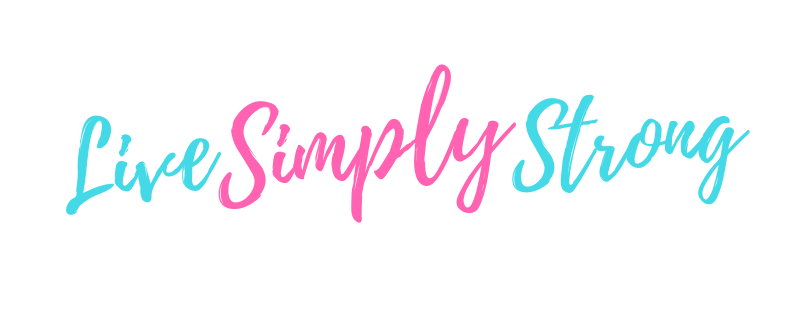Back pain is something many people struggle with. Has someone told you, you should do Pilates? You may be wondering what on Earth is Pilates? Why should I be doing Pilates, and how will it help my back pain? Pilates is the absolute best way to heal back pain and here’s why!
Let’s start simple what is Pilates?
Pilates is a movement experience, bodyweight exercises that you perform in a sequence. A man by the name Joseph Pilates created it and people have been healed by it for decades. It differs from yoga, as in Pilates we do not hold positions for long periods of time. Often when we are not strong enough, holding a position can put pressure on the joints and create pain. ( Until we gain strength that is!)
While practicing Pilates, the beginner system is designed to guide the body to build strength and flexibility. This is a very basic explanation of Pilates, however, that is for another post.
Is Pilates safe?
Pilates is one of the safest forms of exercise, In- fact, many Physical Therapists recommend Pilates for back conditioning. Joseph designed the movements to give the body strength, stretch, and stamina. All of the exercises have a modified system that allows someone in pain to move safely and teaches you the proper form to gain strength over time.
Unlike many exercises, we start out laying down. This allows us to work from our center first, strengthening the core before moving on to the extremities. In many cases, you will hear “powerhouse” or “core” as a reference to our working areas.
In the case of back issues, a qualified instructor will accommodate you so that you will heal properly. The training a Pilates instructor goes through is quite extensive and often why it’s so expensive.
Ultimate benefits of Pilates!
Building strength from your core is the fundamental purpose of the Pilates workout. In fact, this foundation alone is what sets Pilates apart from all other forms of exercise. Once the practitioner understands where to move from and how to move from that inner core, the body develops proper posture and control. This is where a Pilates Instructor can help you to fully understand where strength really comes from.
I will try to explain it to the best ability. I am a tactile instructor so this will be more challenging for me.
What is the Core/ Powerhouse?
The core, in Pilates, represents not just the rectus abdominals. The smallest of all abdominal muscles. This is the six-pack we see on bathing suit ads or on beach body’s Facebook feed. It’s much more than that. The core starts at the shoulder blades and includes the internal and external obliques, as well as the pelvic region.
Working through the core, naturally builds strength in the abdominal muscles. These muscles are the protector of the lower back. Therefore, when we have weak abdominals, we often experience back pain.
This is not to say that a person who has strong muscles will never have back pain because there are many ways we injure the back. However, when the back does get injured, Pilates is the first responder to rehabilitation.

How will Pilates help by back?
I mentioned this a little already. Pilates focuses on the body’s core. The core is the area between the rib cage and the pelvis. A common misconception is that the core is just the abdominal muscles. However, when practicing Pilates the core is the trunk of the body.
A series of exercises are performed to aid you in gaining strength in your abdominal wall, shoulder girdle, and pelvis. Think about it this way, imagine a seat belt in a race car. The belt overlaps in multiple directions. Over the shoulders, at the chest, and at the base of the pelvis. You are locked in essentially.
When doing Pilates we train those muscles to lock in your trunk. Protecting the major organs in the body.
I often hear people say they need to get in shape to do Pilates.
Pilates is a lifestyle! It’s about feeling your best, living a fulfilled life, and creating a strength that lasts from the inside out. I do Pilates so that I can play with my kids, so I don’t feel my age, so I can heal quicker, and so I can regulate mood swings.
If you decide to try it, please give it a few classes before making up your mind. You will thank me I promise.
Stephanie
Posts you may like, check out
5 Uncommon benefits of Pilates, You may not have thought about.
5 Simple foam roller exercises to stretch the back, chest, and hips.


